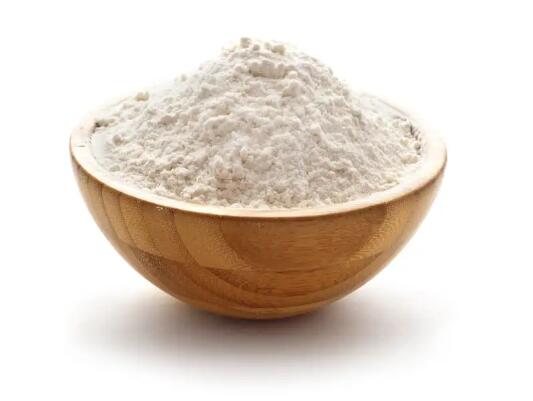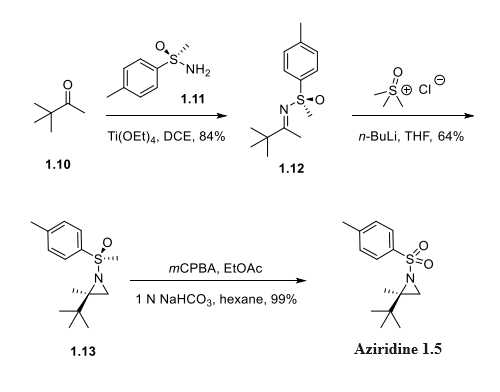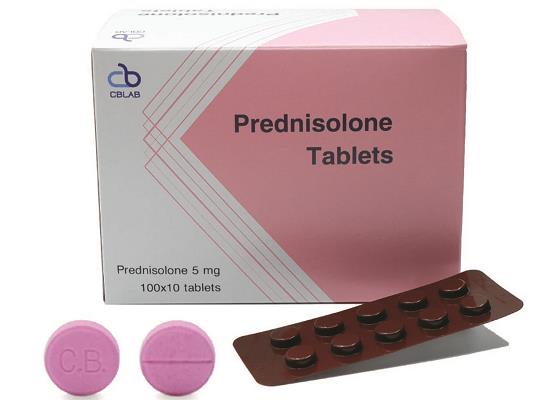Zinc Pyrithione: A Promising Anti-Fungal Compound for Dermatologic Applications
General Description
Zinc Pyrithione is a coordination complex with low aqueous solubility but high permeability on the skin. It exhibits anti-fungal activity against Malassezia yeast, making it effective for treating related skin conditions. Its mechanisms of action involve increasing intracellular zinc levels, inactivating key enzymes, inducing membrane depolarization, and downregulating gene expression. Zinc Pyrithione is commonly used in medicated shampoos for dandruff and seborrheic dermatitis, targeting areas where Malassezia yeast resides. It has been extensively studied for its therapeutic performance and safety. With its proven efficacy and further research advancements, Zinc Pyrithione holds promise for various dermatologic applications.

Figure 1. Zinc pyrithione
Physicochemical Properties
Zinc Pyrithione is a solid coordination complex of zinc with a molecular weight of 317.7 g/mol and logP value of 0.88. Although these properties typically make a molecule highly permeable when applied to the skin, Zinc Pyrithione's low aqueous solubility of 5-15 ppm limits skin permeation. Zinc Pyrithione has a rigid crystal lattice structure in the solid-state, where two bridging oxygens form a pseudo-dimer between two Zinc Pyrithione molecules. The sparse water solubility of Zinc Pyrithione also makes it ideal for deposition on the skin from rinse-off formulations, particularly in lipid-rich regions like the scalp. As Zinc Pyrithione particles gradually dissolve, the bioactive monomeric form is liberated, which is a structural analogue of the natural antibiotic aspergillic acid. This bioactive form exhibits anti-fungal activity against Malassezia yeast, making it an effective treatment for related skin conditions. Overall, Zinc Pyrithione's physicochemical properties make it a promising active ingredient in rinse-off formulations for treating skin conditions caused by Malassezia yeast. 1
Anti-Fungal Mechanisms of Action
Zinc Pyrithione exhibits several mechanisms of action that contribute to its anti-fungal effects. Firstly, Zinc pyrithione acts as a zinc ionophore, leading to elevated intracellular zinc levels in yeast cells. This increase in zinc levels causes mismetallation and cellular stress, ultimately inhibiting fungal growth. Secondly, the presence of copper, either released during skin renewal or supplied by the immune system, is also involved in inhibiting fungal growth. Zinc pyrithione can undergo an extracellular transchelation reaction, converting it into copper pyrithione. This conversion results in the influx of copper ions into the microbial cells, which in turn inactivates aconitase, an enzyme crucial for fungal energy production within the mitochondria. Furthermore, Zinc pyrithione inhibits the membrane transport of nutrients necessary for yeast growth by inducing membrane depolarization. This impairs the ability of fungal cells to assimilate and metabolize nutrients, leading to growth inhibition. Additionally, recent studies have shown that Zinc pyrithione can reduce lipase expression, which is critical for lipid breakdown, as well as downregulate the expression of genes involved in the Krebs Cycle and electron transport chain in Malassezia restricta. These multiple pathways of action employed by Zinc pyrithione likely explain why fungal resistance to this agent has not been reported, although resistance in Pseudomonas bacteria has been documented. The relative contributions of each mechanism to the overall anti-fungal activity of Zinc pyrithione are yet to be fully elucidated. 2
Applications of skin treatment
Zinc pyrithione is a widely used anti-fungal drug that is delivered as microparticles to skin epithelia. It is a key ingredient in medicated shampoo for treating dandruff and seborrheic dermatitis (SD), a condition characterized by skin flaking, erythema, and pruritus. SD is caused by microbiol dysbiosis, primarily involving Malassezia yeast. The anti-fungal activity of Zinc pyrithione depends on the availability of bioactive monomeric molecular species, which occur upon particle dissolution. Zinc pyrithione achieves a balance between treatment efficacy and formulation safety, making it a successful topical therapeutic. The targeted delivery of Zinc pyrithione to skin sites where Malassezia yeast resides, including the scalp surface and hair follicle infundibulum, is essential for its efficacy. Imaging and quantitative analysis tools have been fundamental in evaluating the therapeutic performance and safety of topical Zinc pyrithione formulations. Toxicologic investigations have focused on understanding the risk of local and systemic adverse effects after percutaneous penetration. Future research is expected to yield further advances in Zinc pyrithione formulations for SD and other dermatologic applications, with significant clinical impact. Zinc pyrithione has demonstrated an average in vitro minimum inhibitory concentration of 10-15 ppm against the most abundant scalp skin Malassezia species, making it an effective treatment option for SD. 3
Reference
1. Schwartz JR. Product Pharmacology and Medical Actives in Achieving Therapeutic Benefits. J. Investig. Dermatol. Symp. Proc. 2005, 10: 198–200.
2. Park M, Cho YJ, Lee YW, Jung WH. Understanding the Mechanism of Action of the Anti-Dandruff Agent Zinc Pyrithione against Malassezia restricta. Sci. Rep. 2018, 8: 1–11.
3. Mangion SE, Holmes AM, Roberts MS. Targeted Delivery of Zinc Pyrithione to Skin Epithelia. Int. J. Mol. Sci. 2021, 22(18): 9730.
);You may like
Related articles And Qustion
See also
Lastest Price from Zinc pyrithione manufacturers

US $0.00/Kg/Drum2024-04-30
- CAS:
- 13463-41-7
- Min. Order:
- 100g
- Purity:
- 99%
- Supply Ability:
- 1000mt

US $100.00-90.00/kg2024-04-30
- CAS:
- 13463-41-7
- Min. Order:
- 1kg
- Purity:
- 99%
- Supply Ability:
- 20Tons




